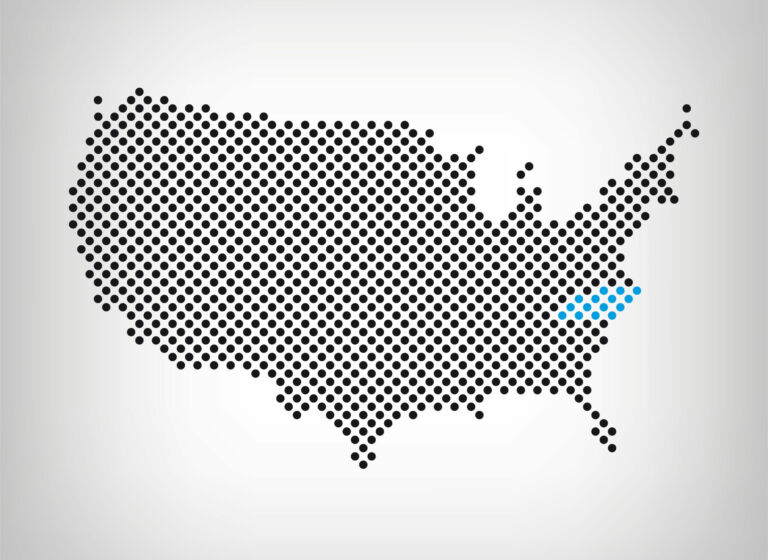Ross Douthat‘s latest New York Times column highlights contrasting views of the best public policies for the poor.
… [L]ower-income Americans have more money, experience less poverty, and receive far more safety-net support than their grandparents ever did. Over all, material conditions have improved, not worsened, across the period when their communities have come apart.
Between 1979 and 2010, for instance, the average after-tax income for the poorest quintile of American households rose from $14,800 to $19,200; for the second-poorest quintile, it rose from $29,900 to $39,100.
Meanwhile, per-person antipoverty spending at the state and federal level increased sixfold between 1968 and 2008 — and that’s excluding Medicare, unemployment benefits and Social Security. Despite some conservative skepticism, this spending did reduce the poverty rate (though probably more so after welfare reform). One plausible estimate suggests the rate fell from 26 percent in 1967 to 15 percent in 2012, and child poverty fell as well.
These trends simply do not match the left-wing depiction of a working class devastated by Reagonomics. Nor does the long-term trend in insurance coverage, or per-student spending, or other data. The left sometimes claims that the income instability of working Americans is unprecedented, for instance — but a 2007 Congressional Budget Office estimate found “little change in earnings variability” over the preceding decades. …
… But the basic point is this: In a substantially poorer American past with a much thinner safety net, lower-income Americans found a way to cultivate monogamy, fidelity, sobriety and thrift to an extent that they have not in our richer, higher-spending present.
So however much money matters, something else is clearly going on.


